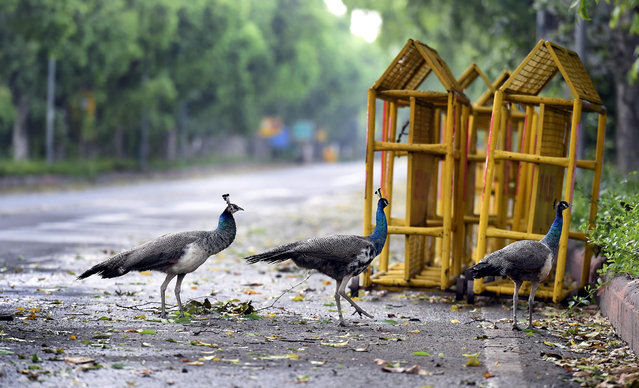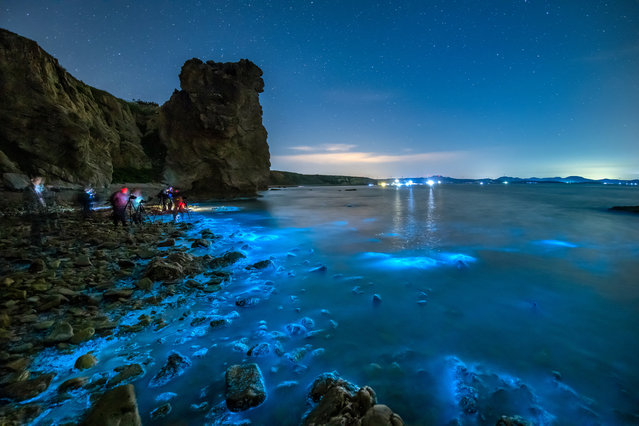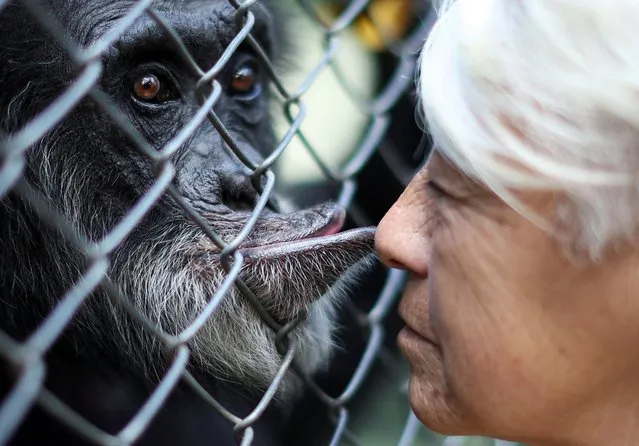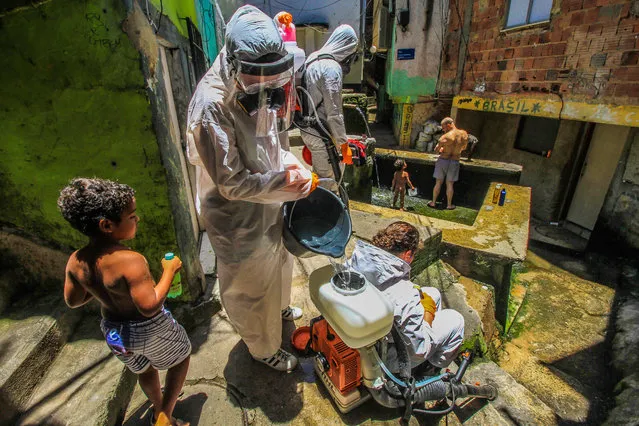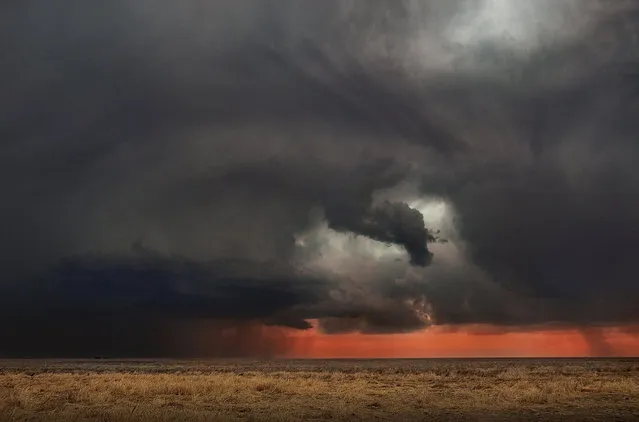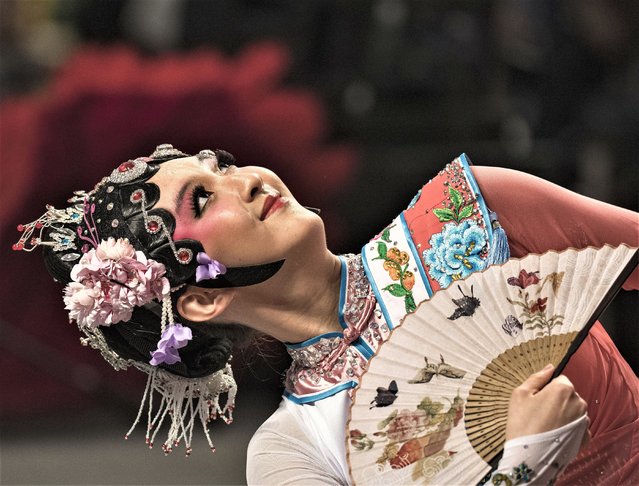
Sydney Peng, 19, who has been dancing for eleven years, performs a Chinese opera dance in celebration of the Lunar New Year, in the rotunda of the Mall of America in Bloomington, Minn., on Sunday, January 22, 2023. (Photo by Richard Tsong-Taatariii/Star Tribune via AP Photo)
24 Jan 2023 05:02:00,post received
0 comments

